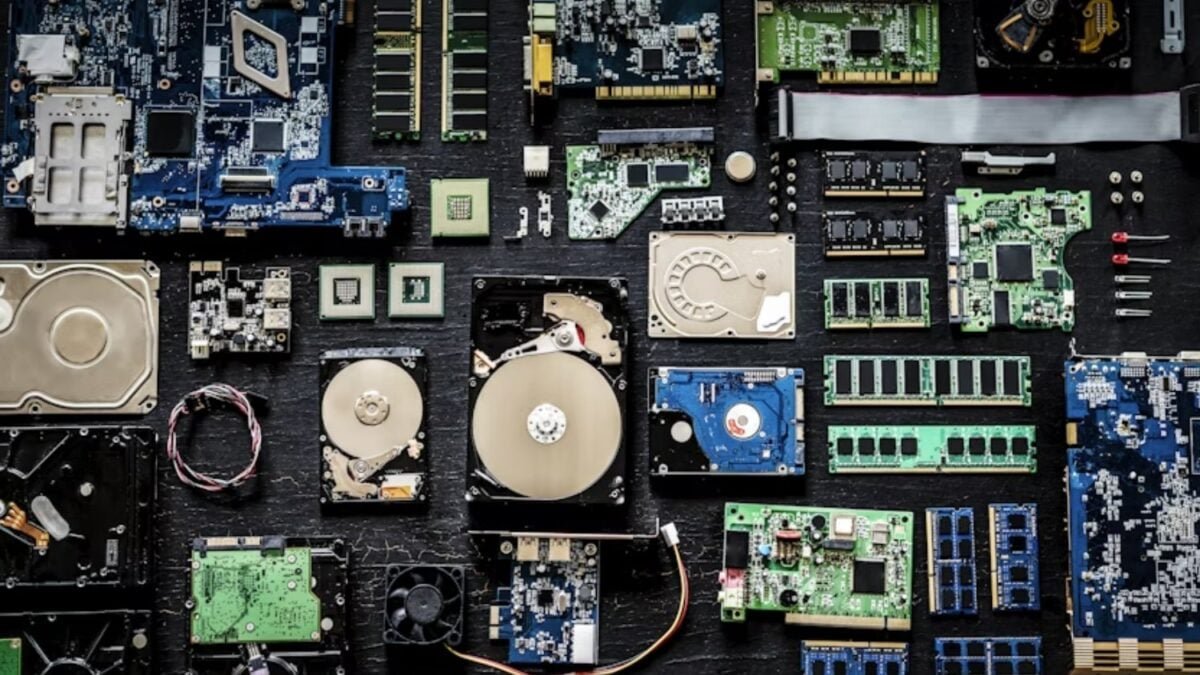ChatGPT Resurrected Them: AI has brought hard drives back to life when all thought they were dead

For years, the hard disk drive (HDD) was considered too slow, too noisy, and too outdated. However, the advent of artificial intelligence (AI) revived it. Today, amidst the spotlight on solid-state drives (SSDs) and cutting-edge chips, the old spinning disks are once again shaping the digital world. This is not a metaphor; in fact, it can be stated that what was once a technological fossil is now a cornerstone of AI infrastructure.
### The Unexpected Return of the Giants
Seagate and Western Digital, the two names that dominated magnetic storage for decades, are back on top. Their stocks have surged over 150% this year, not by luck but as a direct consequence of the AI fever. While data centers train and run models like ChatGPT, there is an invisible detail sustaining all that machinery: data. Terabytes of information need to be stored securely, efficiently, and cost-effectively, where HDDs have no rival.
### The Paradox of Progress
Over the last decade, SSDs emerged as faster, quieter, and increasingly cheaper storage solutions. However, on an industrial scale—where a single data center can handle exabytes of data—the narrative changes. AI’s insatiable data appetite has rediscovered that speed matters, but capacity prevails.
### Data Centers Changing Skin
Every query to a search engine, every image generated, every document uploaded leaves a digital trace stored across thousands of HDDs in massive data centers. The demand for magnetic units has skyrocketed, leading companies like Seagate, Western Digital, and Toshiba, which almost entirely control the market, to experience a renaissance. Meanwhile, engineers work on new designs to achieve 40 to 50 TB per unit in the coming years.
In a world moving towards intangibility, HDDs remain the physical heart of storage. Despite relying on a technology born in the 1950s with IBM’s RAMAC 305, HDDs have not disappeared; they were simply awaiting their moment. Thus, yes, ChatGPT has resurrected them. As long as words, images, and models continue to be generated, these disks will keep spinning, quietly and in the shadows, but more alive than ever.





